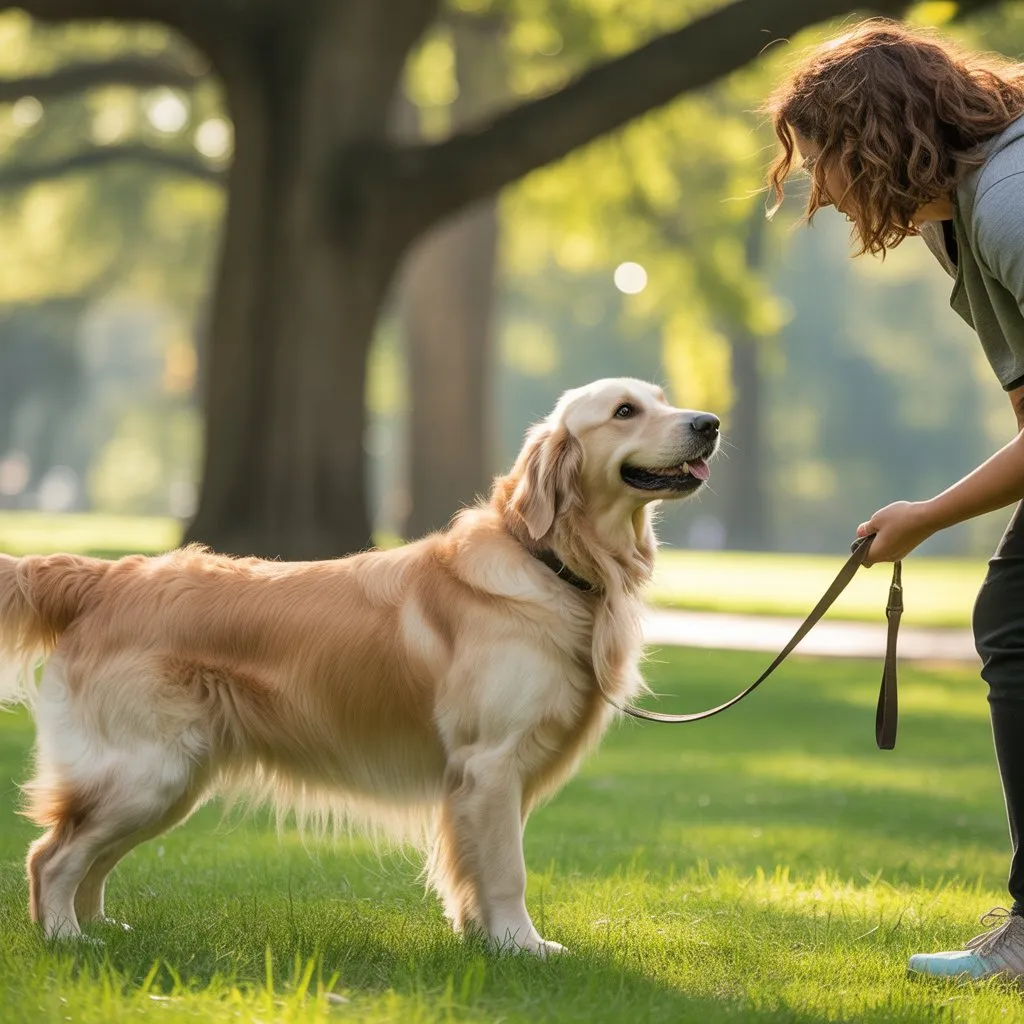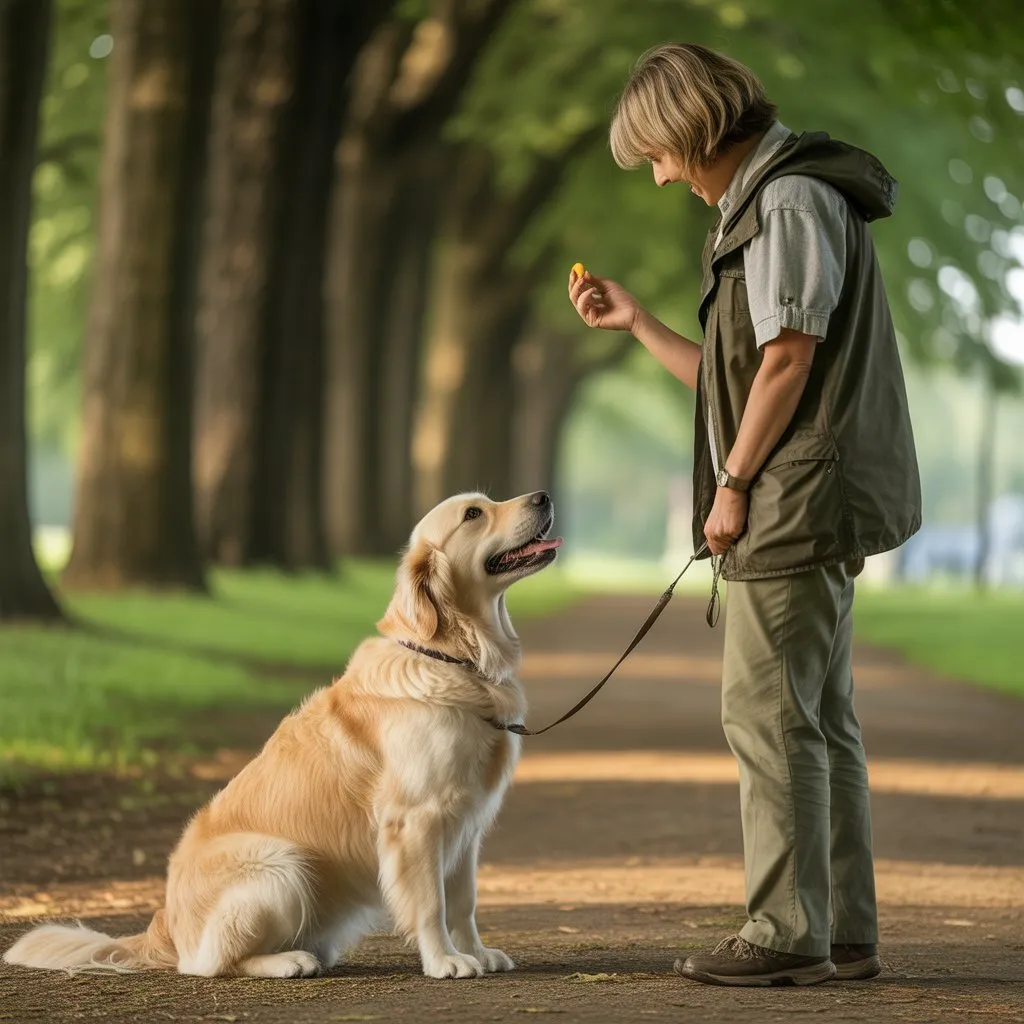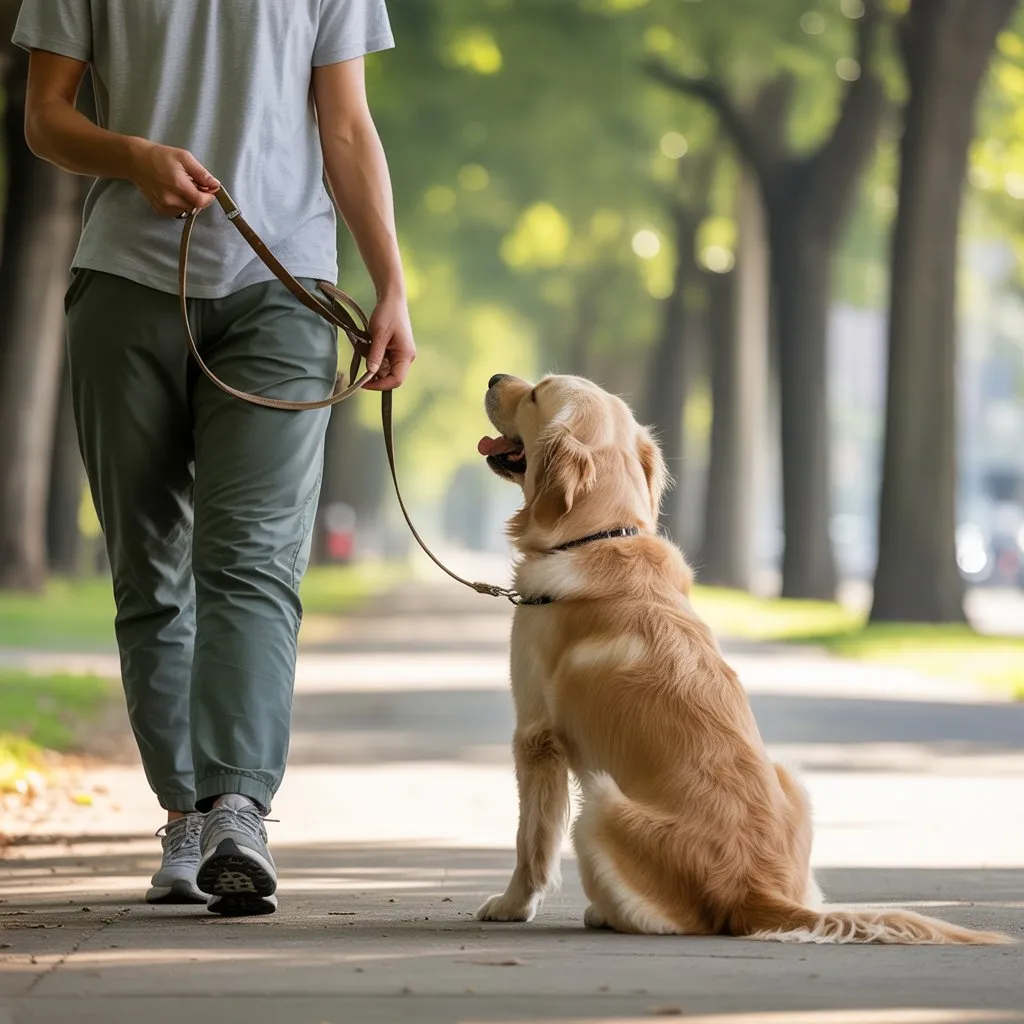Teach Your Dog to Heel: A Gentle Guide to Calm Walks

Walks should be enjoyable bonding moments, not tug-of-war battles. If your pup drags you down the street, learning to teach your dog to heel can transform stressful walks into calm, joyful experiences.
I still remember the days when my dog pulled so hard, my arm felt sore after every walk. It wasn’t fun for either of us. But with patience and consistency, heel training turned our walks into some of the most peaceful times of the day. Here’s how you can do the same.
1. What Does “Heel” Mean?
Before you teach your dog to heel, it’s important to understand the command.
- “Heel” means your dog walks calmly at your side — typically on your left — with their head aligned near your leg.
- It doesn’t mean stiff marching; it means relaxed, controlled walking without pulling.
When you teach your dog to heel, you’re giving them structure that builds focus and strengthens your bond.

2. Why Heel Training Matters
- Safety: Prevents your dog from running into streets or lunging at distractions.
- Control: Makes walks calmer and more enjoyable.
- Bonding: Reinforces trust and communication between you and your pup.
A well-trained heel is one of the most valuable obedience skills your dog can learn.
3. Tools You’ll Need
Before starting to teach your dog to heel, gather:
- A sturdy, non-retractable leash (4–6 feet).
- A flat collar or harness (avoid choke chains or prongs).
- High-value treats your dog loves.
- Patience and positivity.
4. Step-by-Step: How to Teach Your Dog to Heel
Step 1: Introduce the Command
- Hold treats in your left hand near your leg.
- Say “Heel” in a cheerful tone and take a step forward.
- When your dog follows at your side, reward immediately.
Step 2: Practice Short Distances
Start with just a few steps. Gradually increase distance as your dog improves.
Step 3: Use Rewards Wisely
Reward frequently at first, then slowly reduce treats as your pup understands the behavior.
Step 4: Correct Gently
If your dog pulls ahead, stop walking. Wait until they return to your side, then say “Heel” and continue. This teaches them pulling doesn’t get them anywhere.
Step 5: Add Distractions
Once your dog heels well at home or in the yard, practice in busier environments.
Patience is key when learning to teach your dog to heel.

5. Common Mistakes to Avoid
- Being inconsistent: Switching rules confuses your dog.
- Pulling harshly on the leash: Training should be calm, not forceful.
- Long, tiring sessions: Keep training short and positive.
- Skipping praise: Dogs love knowing they got it right!
Avoiding these mistakes will make it easier to teach your dog to heel successfully.
6. Make Heel Training Fun
Turn training into a game:
- Hide-and-walk: Walk in different directions, rewarding when they stay by your side.
- Speed changes: Slow down or speed up, rewarding for matching your pace.
- Two-person relay: Have someone else call your dog, then call them back, rewarding for staying close.
Making heel practice fun encourages enthusiasm and consistency.

Final Thoughts
Learning to teach your dog to heel is about more than obedience — it’s about creating calm, connected walks where you and your pup enjoy each other’s company.
With patience, rewards, and love, your dog will soon walk happily at your side, and those once-stressful walks will become some of your favorite moments together. 🐶❤️






